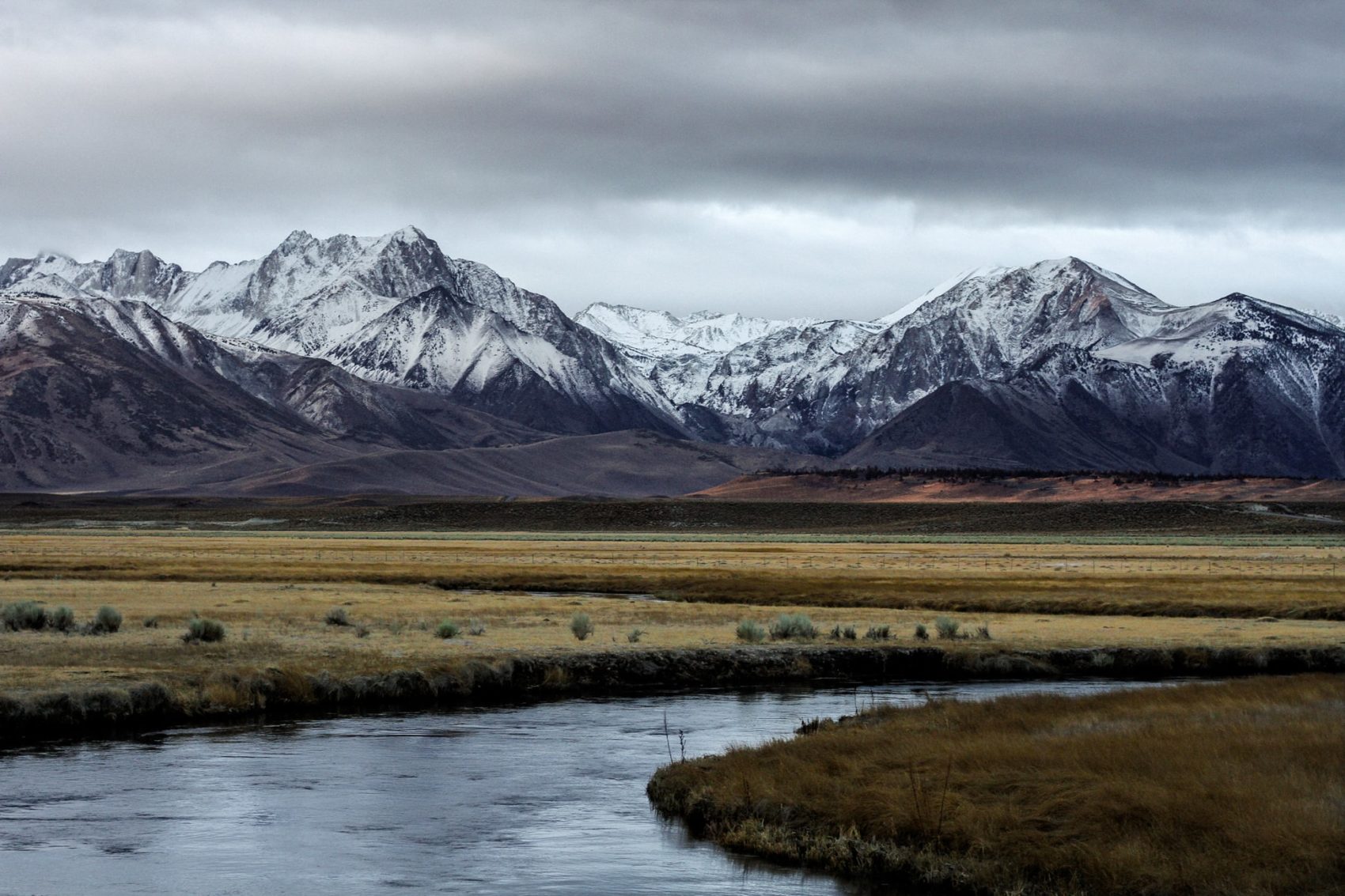
This past decade has been a rocky one for skiers, both figuratively and literally. In 2012 we saw the beginning of what would become one of the worst snow droughts in modern history. California received historically low amounts of snow for almost 4 years in a row, wreaking havoc on wildlife, water supply, and its skiers.
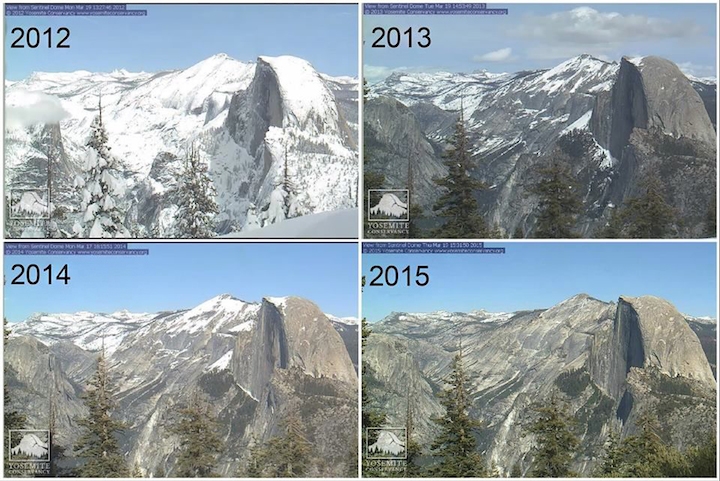
But this hasn’t just been a California phenomenon. The Midwest has taken a beating as well. Just a few years ago we saw Aspen Skiing Co. have to set up soup kitchens for its seasonal workers who found themselves unemployed due to the low snow season.
Now, for the most part, it seems as if we have come out of this snow recession. We have seen acceptable snowpacks the last year or two and these droughts are usually few and far between. However, following these historical droughts, climate scientists have begun to worry that we might start seeing this more and more often.
A study carried out by climate scientists at the University of Arizona found that the likelihood of a two-year snow drought will increase by 6 times in the next 50 years, from 7% to 42%. As for the 4-year drought that California just experienced, the chances of that will increase 100-fold, from .25% up to 25%.
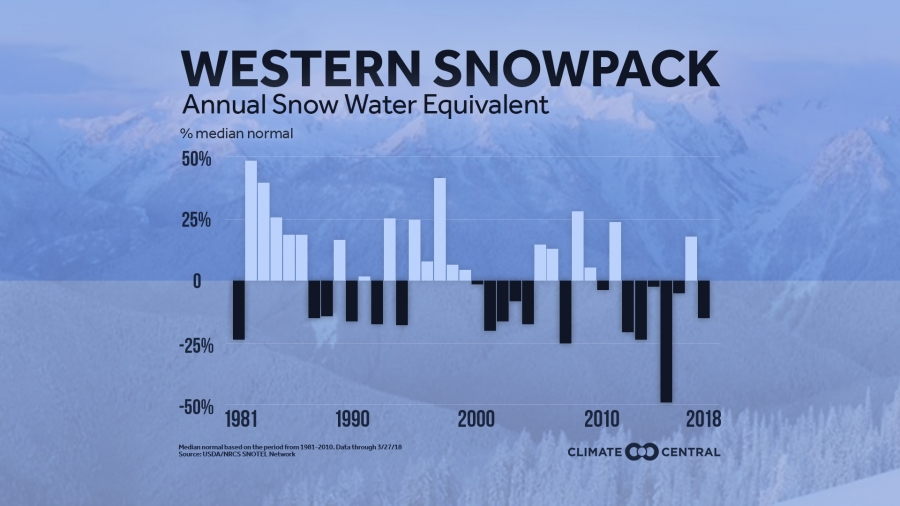
If this proves to be accurate then we can expect to be seeing anomalies such as this one turn into common occurrences. This would prove to be a horribly destructive thing for our climate, our recreation, and our economy.
Snow does a lot for us that we don’t really think about. As we learned in California, it is crucial for water supplies, which is not only important for the wellbeing of citizens, but also for farmers throughout the region. It reflects the sun and keeps many western regions cooler and protects against our forests against the wildfires that are becoming more and more frequent.
Wildlife also depends on snow. Whether it’s wolverines burrowing into it for shelter or fish swimming through run rivers fed by snowmelt and under the ice of lakes frozen by low temperatures. Furthermore, there is a multibillion-dollar industry, as well as millions of recreationists, that count on snow falling each year.
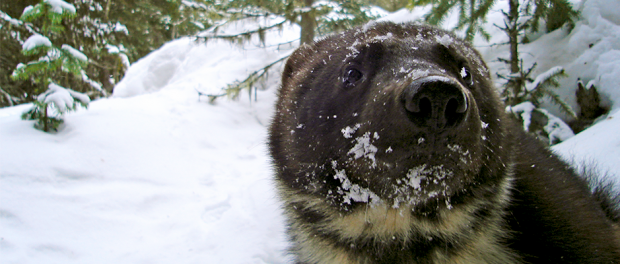
During the height for the California drought, ski industry visitation in the region declined by 35%. While ups and downs like this are just a part of making the weather an integral part of your business model, if these events become more common as predicted by scientists, it will become even more difficult to stay in business as a ski resort.
This will not only mean a shorter ski season, but fewer places to ski, leading to fewer customers in the industry, then fewer jobs, fewer shops, fewer ski manufacturers, and skiing as a business will continue to crumble. This will leave many people jobless and even more people without the sport they once loved so much.
Now more than ever is the time for those of us who care about winter so dearly to start thinking about climate change and how we can make a difference. Soon these damages will become irreversible, and a world without winter is one that none of us want to see.


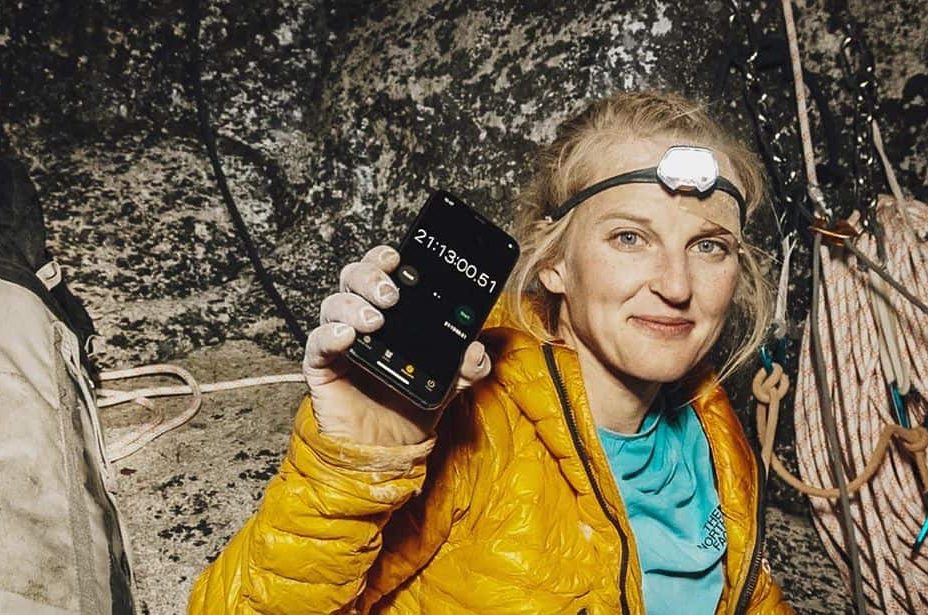
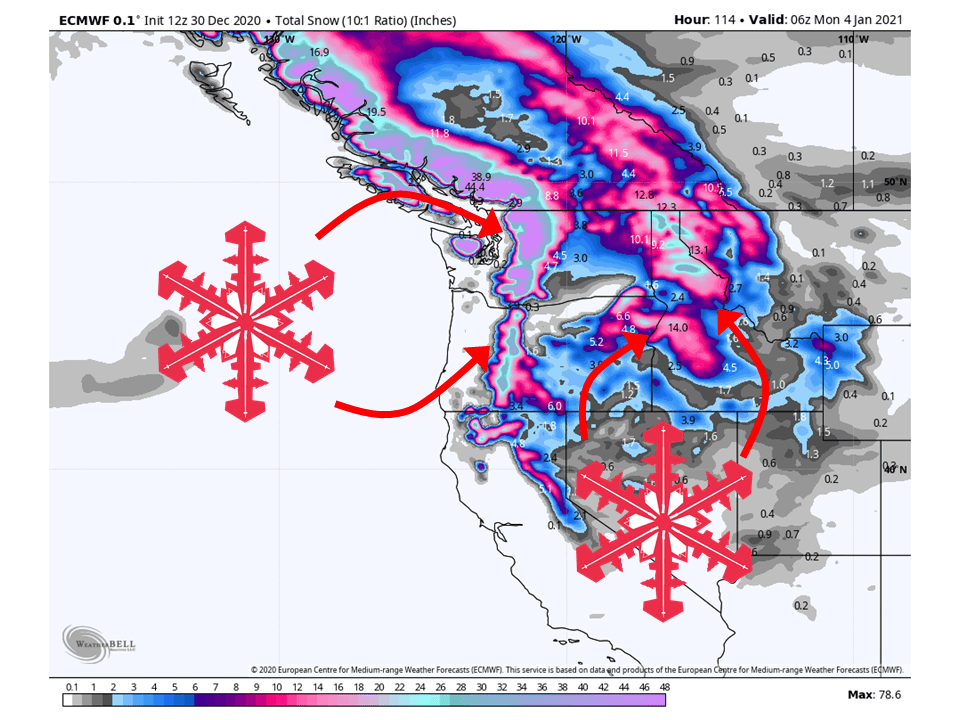
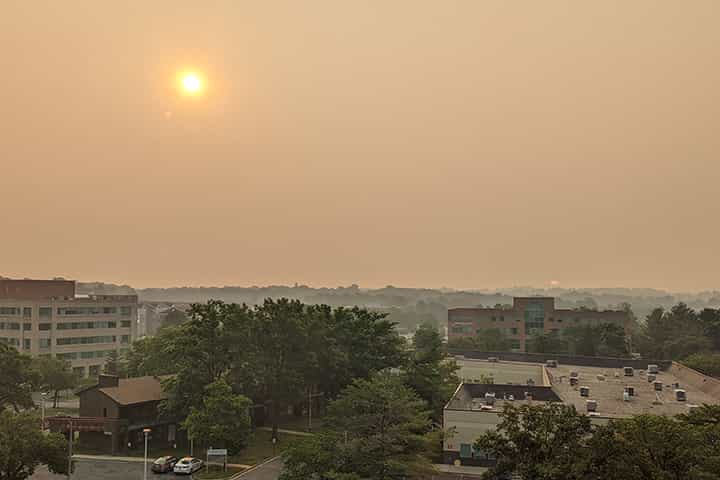
I think that the snow drought numbers may have been referring to some of our work here:
https://agupubs.onlinelibrary.wiley.com/doi/10.1029/2019GL083770
Is there a reference to the University of Arizona snow drought research?